Part of a series of articles titled Stories of Detroit .
Article
Places of Labor History in Detroit
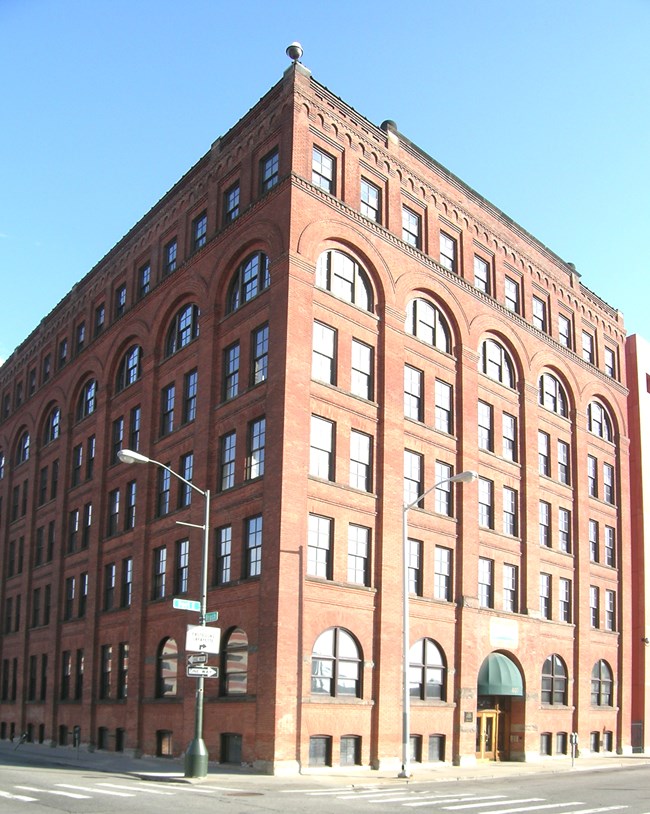
The city of Detroit has been shaped by the forced and voluntary labor of its many inhabitants, past and present. Archaeological evidence reveals that the region was occupied by Indigenous people as early as 11,000 years ago, and other tribes built mounds and established settlements centuries later. When French colonizers arrived in the region in 1701, they brought enslaved Africans who trapped animals and tilled fields. Through their labor, they established the settlement as an important center of trade. Slavery persisted in Detroit under French, British, and eventually American rule until Michigan became a state in 1837.
In the 1800s, Detroit became an important hub of transportation due to its location on the Great Lakes. By the second half of the century, major companies such as Parke-Davis and Company (a pharmaceutical plant) and Globe Tobacco helped propel the city to national prominence as a center of industry. Detroit maintained its status as an industrial city into the 1900s, particularly with the invention and mass production of the automobile. Entrepreneur Henry Ford established the Ford Motor Company in 1903. After installing a moving assembly line, Ford’s company became one of the largest automobile manufacturers in the world.
In the early 1900s, African Americans moved from the south to northern cities as part of the Great Migration. Trying to escape the racial violence and discrimination prevalent in the South, many found work in Detroit’s auto industry.
Discover a few of the places associated with the city’s labor history to gain a better understanding of how the residents of Detroit influenced the local and national economy.
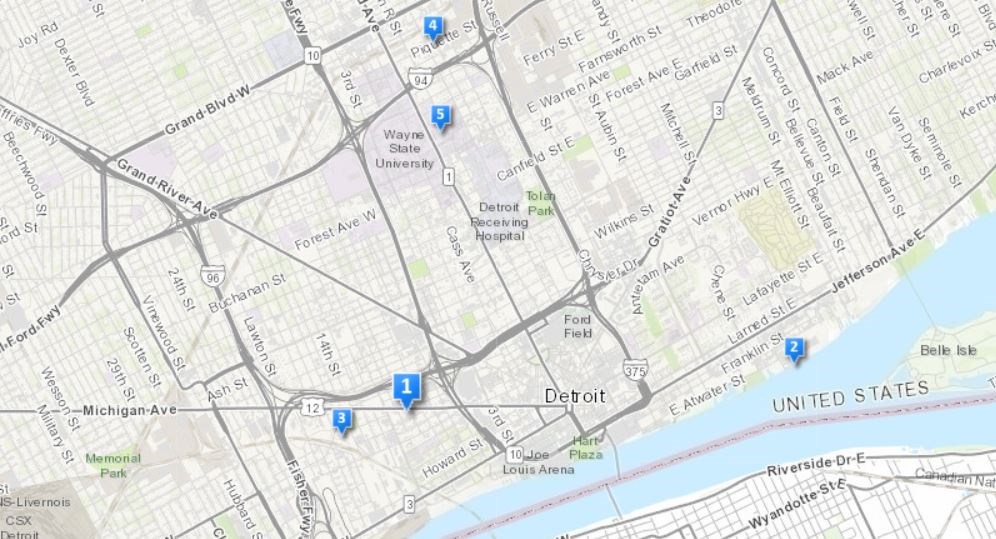
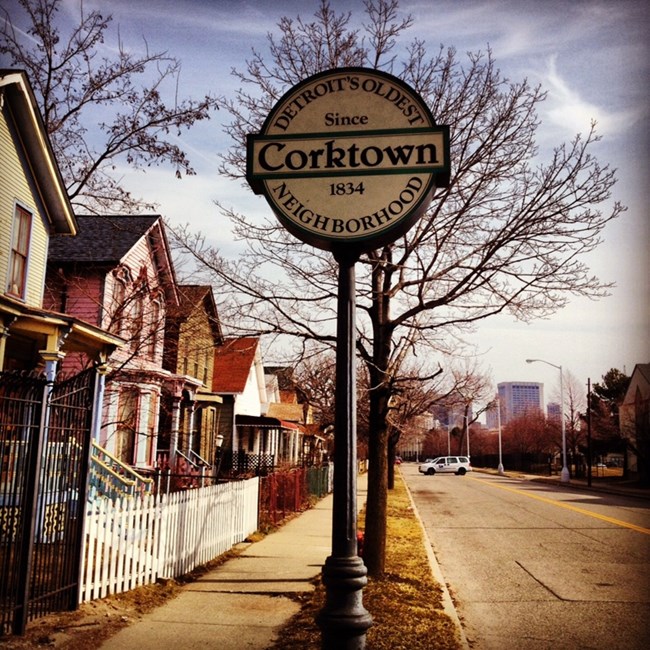
1. Corktown Historic District
As the initial destination of many of Detroit's immigrant populations, the Corktown Historic District has been home to the people who built and worked in Detroit's industries during the late 19th and early 20th centuries. Irish immigrants established "Corktown" in the 1830s. They built detached homes and rowhouses in the Federal style, a reflection of the architectural fashion of the time. One of these buildings still stands today, the Workers Row House. Constructed in 1849, these small singular units measured 560 square feet and had an upstairs sleeping loft.
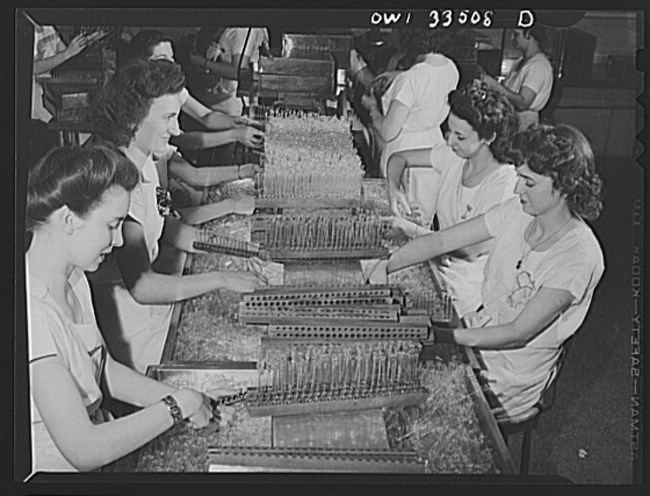
2. Parke-Davis and Company Research Laboratory and Plant
Several major pharmaceutical firms were established in Detroit in the late 1800s, including Parke-Davis & Company. Taking advantage of the city’s unique position along major transportation routes, Samuel P. Duffield, Hervey Coke Parke, and George S. Davis established a pharmaceutical business along the Detroit River. Between 1891 and 1955 the company built 26 buildings in Detroit that still stand, including the 1902 pharmaceutical research laboratory. The laboratory was designated a National Historic Landmark in 1976. Throughout its history, the company employed a number of talented doctors and chemists, including Dr. Jonas Salk, who developed one of the first successful polio vaccines.
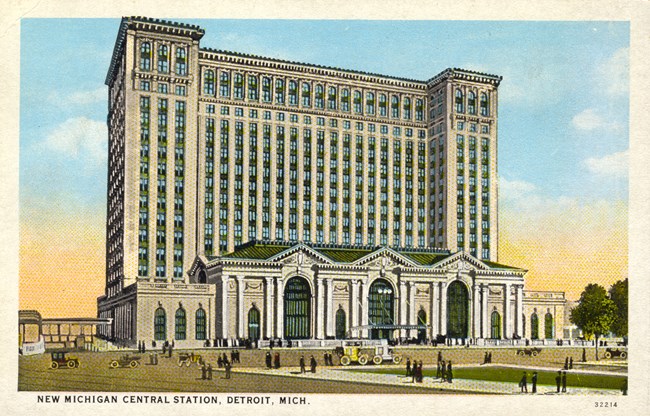
3. Michigan Central Station
Access to transportation routes helped enable Detroit’s success as an industrial powerhouse. Railroads in particular allowed goods and people to be transported across the Midwest to cities like Cincinnati, OH and Chicago, IL. When the old Michigan Central Railroad burned down in the early 1900s, a new station was built in 1913 to accommodate a growing number of passengers. While the need for rail transportation declined in the mid-1900s, many troops shipping off to fight in the Second World War passed through the building. With the rise of automobiles, the station saw a steady decline of passengers into the late 1900s. The last train left the station in 1988. Michigan Central Station was listed on the National Register of Historic Places in 1975.
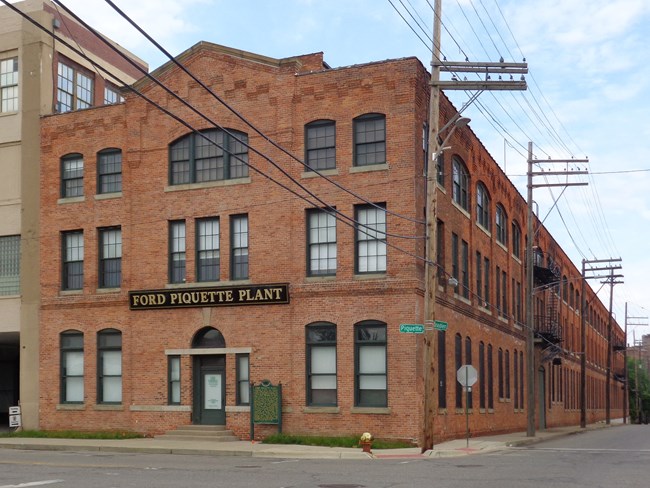
4. Ford Piquette Avenue Plant
In the early years, the Ford Motor Company operated out of the Ford Piquette Avenue Plant. As Ford had not yet refined assembly line production, several individuals worked on a car at one time. Women workers played a crucial role in assembling the vehicles. With nimble fingers, they fabricated magneto parts, used to spark the engine to start. Known as the Magneto Girls, these women were the first to be employed in the automobile industry in the early 1900s. The Ford Piquette Avenue Plant is a National Historic Landmark.
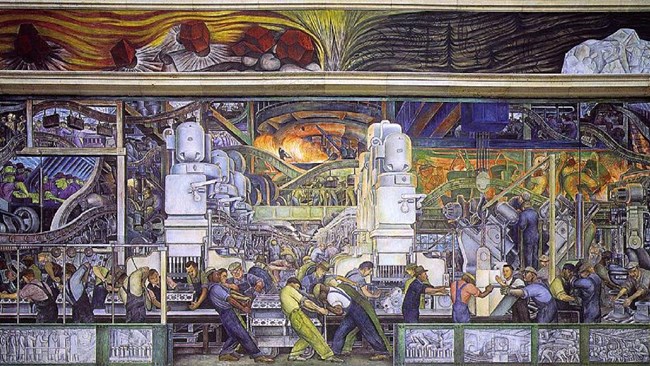
5. Detroit Institute of Art
From 1932 to 1933, Mexican artist Diego Rivera painted a series of murals at the Detroit Institute of Art. The murals depict the workers of Detroit, including laborers at the Ford Motor Company. Rivera toured several automobile factories to more fully understand the working environment. At this time, the United States (and much of the world) was feeling the full force of the Great Depression. Many of Detroit’s residents were out of work, and autoworkers at the Ford Motor Company were striking for better pay and safer working conditions. While the city of Detroit was at its industrial height, its workers were struggling – a theme apparent in Rivera’s murals. The Diego Rivera murals at the Detroit Institute of Art are a National Historic Landmark.
Discover more Detroit history and culture by visiting the Detroit travel itinerary.
Select Sources:
Kavanaugh, Kelli B. Detroit’s Michigan Central Station. Arcadia Publishing, 2001.
Miles, Tiya. “Uncovering the History of Slavery in Detroit.” Literary Hub. (Oct 27, 2017). https://lithub.com/uncovering-the-history-of-slavery-in-detroit/
Michigan’s Railroad History: 1825-2014. Michigan Department of Transportation, 2014. https://www.michigan.gov/documents/mdot/Michigan_Railroad_History_506899_7.pdf
“Where Women Made History,” National Trist for Historic Preservation, https://contest.savingplaces.org/2wp0dm0n?fbclid=IwAR2nrlj5Ap2kLYE5XnPkPp09hH3LfGdAMuzen5P9io9UClPYSJj7LhXT8Go
Last updated: July 8, 2024
